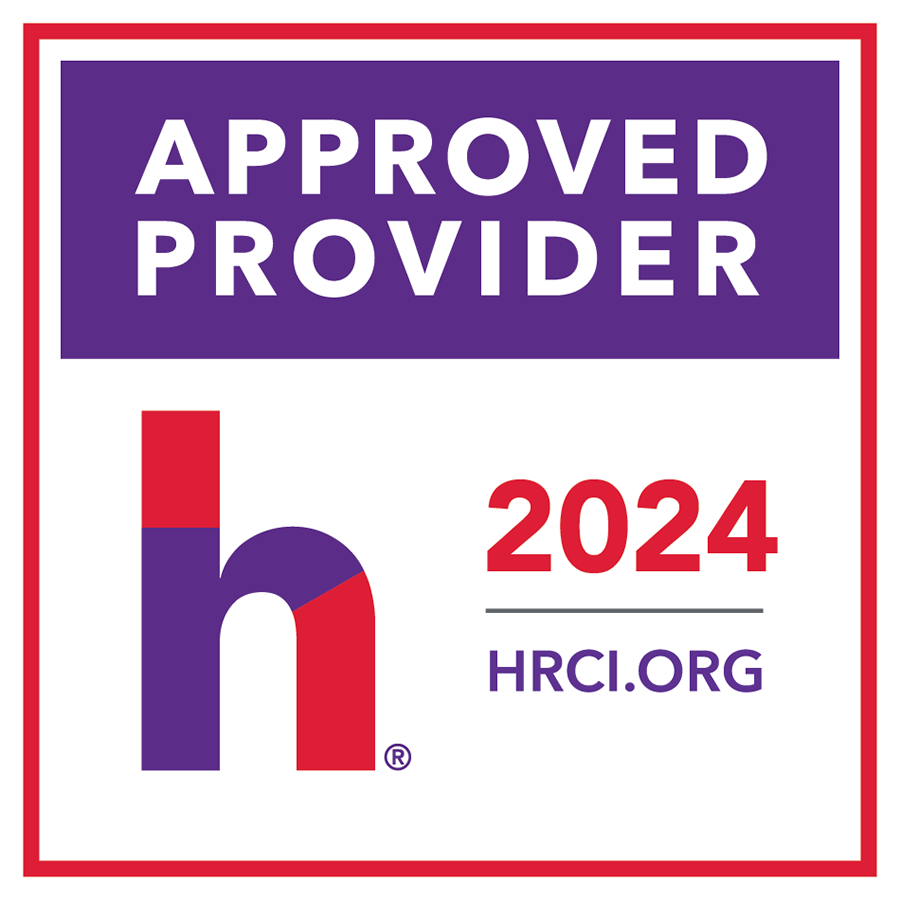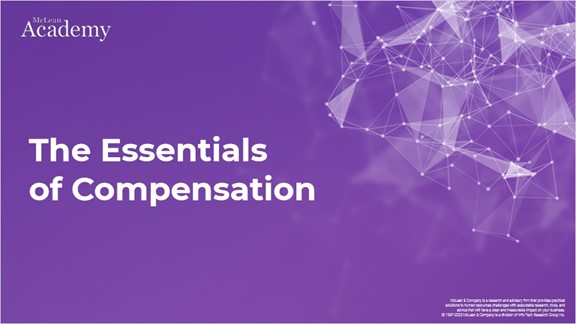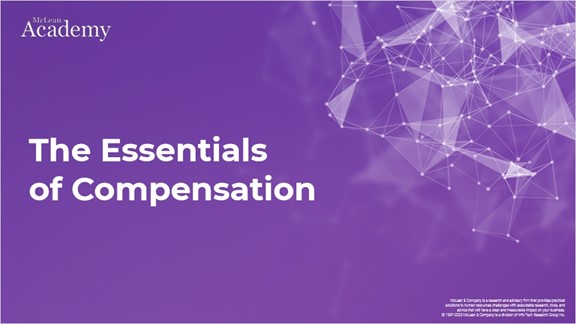- Traditional base pay structures are seen as bureaucratic red tape that hinders a manager’s hiring ability.
- Designing base pay structures can be complex, requiring accurate data collection and a significant time investment from HR and managers.
- Pay transparency is difficult given the sensitive and highly confidential nature of pay information.
Need Extra Help?
Speak With An Analyst.
- Get on-demand project support
- Get advice, coaching, and insight at key project milestones
- Go through a Guided Implementation to help you get through your project

Our Advice
Critical Insight
A credible compensation structure provides the foundation for increased pay transparency, and a hybrid approach to building the structure enables the right balance between flexibility and standardization to ensure equity and fairness.
Impact and Result
- Design a pay structure that is internally and externally equitable by balancing the internal job worth hierarchy with external market competitiveness.
- Leverage McLean & Company’s approach to building a hybrid pay structure that benefits from the advantages of the traditional and broadband approaches.
- Empower managers by involving them in matching benchmarked jobs with market data and educating them on salary administration guidelines.

The Essentials of Compensation

This program has been approved for continuing professional development (CPD) hours under Section A of the Continuing Professional Development (CPD) Log of the Human Resource Professionals Association (HRPA).

McLean & Company is recognized by SHRM and can award Professional Development Credits (PDCs) for the SHRM-CP® or SHRM-SCP®.

HR Certification Institute's® (HRCI®) official seal confirms that McLean & Company meets the criteria for pre-approved recertification credit(s) for any of HRCI’s eight credentials, including SPHR® and PHR®.
How to complete this course:
Use these videos, along with the Project Blueprint deck above, to gain an understanding of the subject. Start with the Introduction, then move through each of the Course Modules. At the end of each Module, you will be required to complete a short test to demonstrate your understanding. You will complete this course when you have completed all of the course tests.
- Number of Course Modules: 4
- Estimated Completion Time: 1.5 hours
Learning Outcome
After completing this course, learners will be equipped to successfully drive employee engagement and retention through a comprehensive onboarding plan that acclimates, guides, and develops new hires along their onboarding journey.
Learning Objectives
By the end of this course, learners will be able to:
- Explain how a compensation philosophy guides the creation of their compensation programs.
- Articulate how job evaluation and a job worth hierarchy promotes equity and the value it brings to the organization.
- Be guided on the steps of creating a base pay structure while balancing internal equity with external equity.
All of our McLean Academy courses have closed captioning available. To turn this function on, click on the C.C. in the bottom right corner of the video screen and click "English" in the options that pop up.
Course Modules

Introduction

Module 1

Module 2

Module 3

 Build a Total Rewards Strategy
Build a Total Rewards Strategy
 Craft a Compensation Philosophy
Craft a Compensation Philosophy
 Design a Base Pay Structure
Design a Base Pay Structure
 Conduct a Salary Assessment
Conduct a Salary Assessment
 Evolve Pay for Performance
Evolve Pay for Performance
 The Rise of Organizational Transparency
The Rise of Organizational Transparency